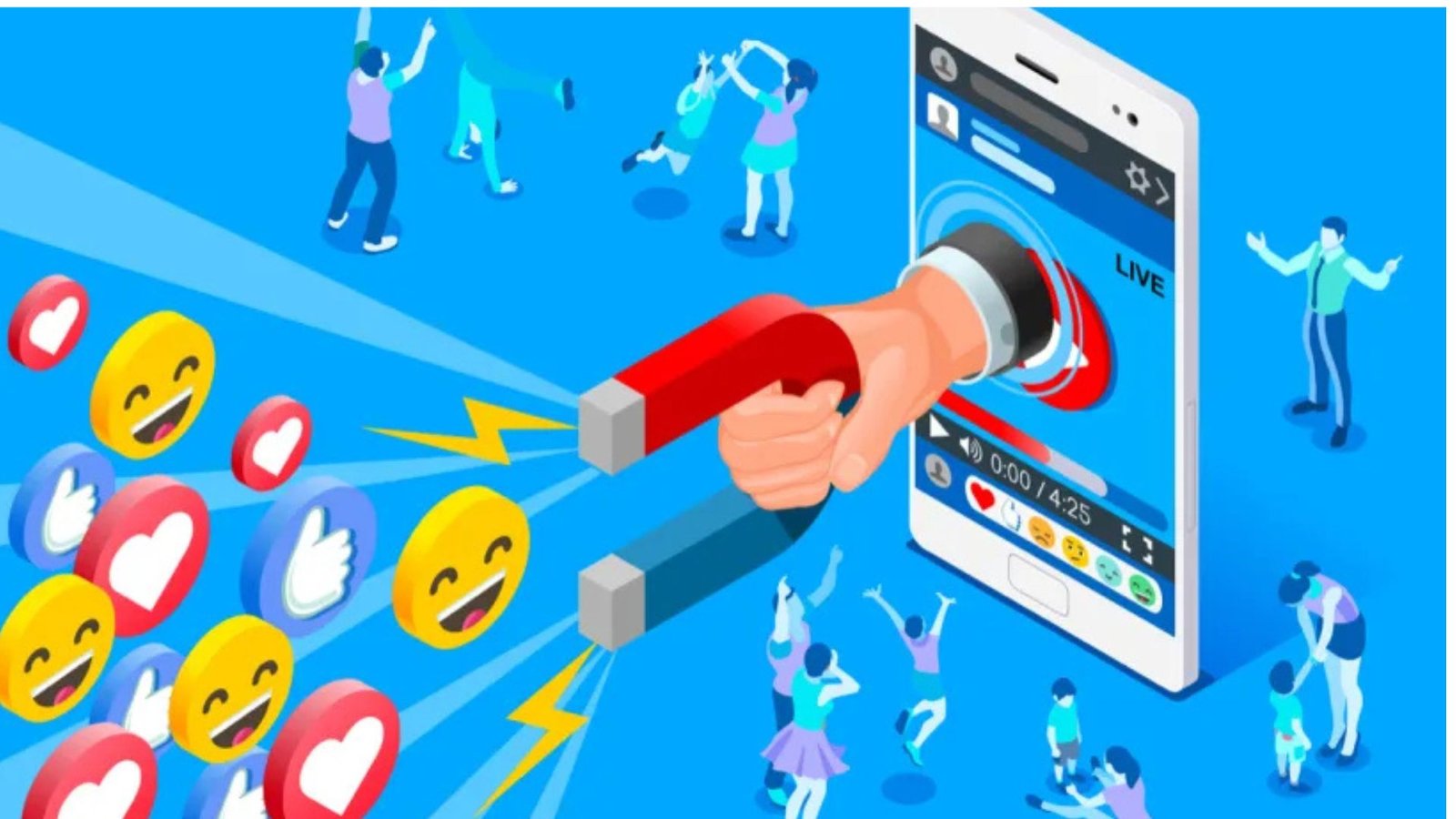Social media has completely transformed the landscape of marketing, providing businesses with unprecedented access to audiences, tools for engagement, and insights into consumer behavior. What once relied on traditional marketing channels—such as print ads, TV commercials, and billboards—has evolved into a dynamic and interactive ecosystem where brands can connect with their customers in real-time. Social media is no longer just a platform for social interaction; it has become an essential marketing tool that is fundamentally changing how businesses communicate, advertise, and build brand loyalty. In this article, we’ll explore why social media is revolutionizing marketing and how businesses can leverage its power to stay ahead of the curve.

Direct Access to a Global Audience
One of the most profound changes social media has brought to marketing is the ability to reach a global audience instantly. Platforms like Facebook, Instagram, Twitter, TikTok, and LinkedIn have billions of active users worldwide, providing businesses with an unprecedented opportunity to target potential customers no matter where they are located.
In the past, brands were limited by geography, demographics, and budget constraints. However, social media breaks down these barriers by offering low-cost advertising options that can be tailored to highly specific audience segments. Whether you’re targeting young professionals in New York, stay-at-home moms in Los Angeles, or fashion enthusiasts in Paris, social media makes it possible to reach the right people at the right time, with the right message.
Solution:
Businesses can use detailed targeting options—based on age, location, interests, behaviors, and even specific devices—to ensure their content reaches the most relevant audience.
Real-Time Engagement with Customers
Unlike traditional media, where brands communicated with their audience in a one-way format, social media enables real-time interaction and engagement. Customers can like, comment, share, or even ask questions directly on a brand’s social media posts. This real-time feedback loop has revolutionized the way companies engage with their audience.
Brands are no longer seen as distant entities but as accessible and relatable personalities. They can answer questions, resolve customer service issues, or even participate in trending conversations, building a more human connection with their audience. This level of engagement helps foster customer loyalty and boosts brand perception.
Solution:
Social media allows brands to conduct live chats, Q&A sessions, polls, and interactive content, helping to establish an ongoing conversation with their followers.
Cost-Effective Advertising and Precise Targeting
For small businesses and startups, traditional advertising methods like television and print ads can be prohibitively expensive. Social media marketing, on the other hand, offers a much more affordable alternative. Platforms like Facebook, Instagram, and TikTok allow businesses to run highly targeted ads with smaller budgets, reaching a precisely defined audience without the need for expensive media buys.
Moreover, social media advertising allows for advanced targeting options, such as custom audiences (based on email lists or website activity), lookalike audiences, interest-based targeting, and geographic targeting. This ensures that ad spend is optimized, and marketing dollars are directed toward those most likely to convert.
Solution:
By using Facebook Ads or Google Ads, businesses can set flexible budgets and measure the exact ROI of their campaigns, making every dollar spent count.
Influencer Marketing – Authenticity in Advertising
Influencer marketing has become one of the most effective ways to build trust and brand recognition. Social media influencers—individuals with large, engaged followings—have built credibility and authority within specific niches, whether it’s beauty, fitness, gaming, or lifestyle. By partnering with these influencers, brands can reach highly targeted audiences in an authentic way that traditional ads can’t match.
Unlike traditional ads, influencer marketing allows brands to tap into pre-existing trust between influencers and their followers. Consumers are more likely to trust product recommendations from influencers they admire over traditional advertising. This trust translates into increased engagement and higher conversion rates.
Solution:
Brands can collaborate with influencers to create sponsored content, reviews, or giveaways, aligning their products or services with personalities that resonate with their audience.
Conclusion
Social media has changed the way businesses approach marketing by providing a direct, cost-effective, and data-driven way to reach and engage with audiences. From real-time interactions to influencer collaborations and social commerce, social media marketing has created new opportunities for brands to connect with their customers. As platforms evolve, businesses must adapt their strategies to keep pace with changing trends and technologies, ensuring they continue to capitalize on the power of social media. The impact of social media on marketing is profound, and it’s clear that it’s not just a trend—it’s here to stay, forever reshaping how brands engage with consumers.











